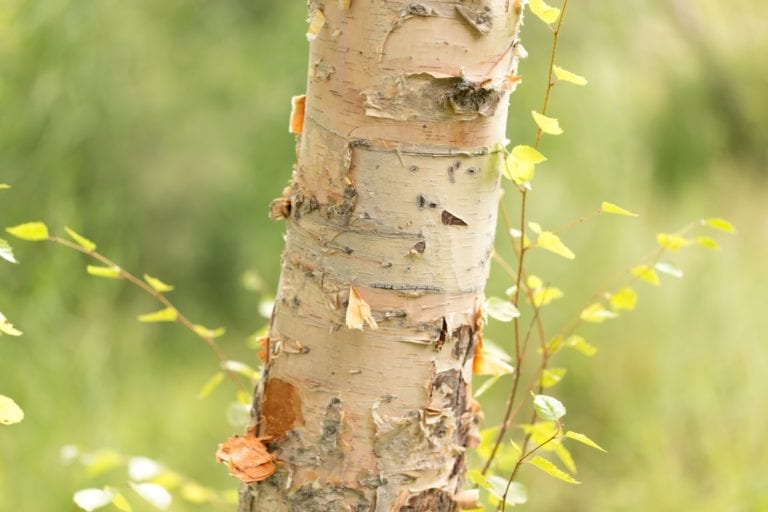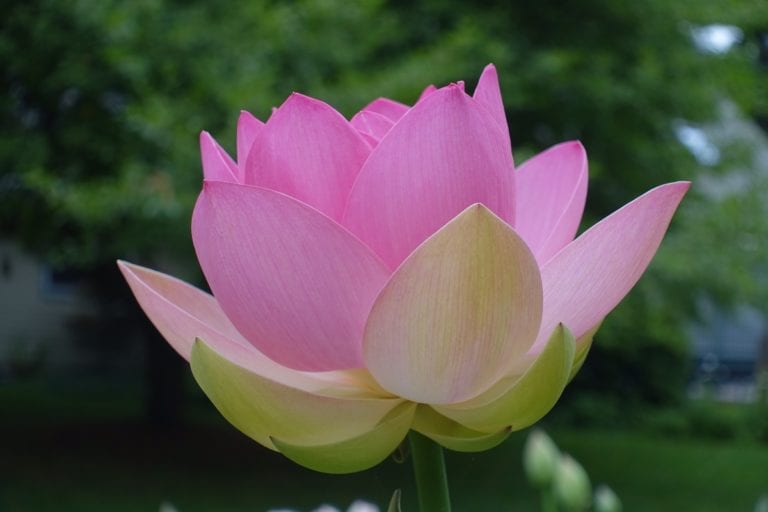Week 650: Back to Being with “What Is As It Is”
Sitting in Central Park is always a nourishing, and complex, experience. In the area where I spend time on weekend mornings, there is plenty of space for dogs to run off-leash and play, and many people walk by me as the morning unfolds itself. This morning, I’ve noticed two things that have me thinking about how we come together as a community. They are simple things not at all dramatic – but reflect, I think, how a sense of community can become lessened in crowded urban settings.
The first example of this was a little while ago, when someone must have inadvertently dropped a plastic bag on the ground in one of the busy areas of dog play. Inevitably, dog noses were pretty quick to find the bag, which ended up containing a snack and a ball for chasing. Human after human ran over to pull their furry companion’s face out of the bag, but no one picked up the bag itself to throw it away. Then, someone walked by as part of a crowd of people visiting Central Park and was busy peeling away a paper label on a bottle of whatever he was drinking. As he walked by me, he dropped the paper onto the walkway and left it there.
These two small moments in time got me to thinking about how we can become accustomed to not connecting with our larger context, and how – even with all the connectivity we have on-line – we can often behave in less and less related ways. This also got me to thinking about last week’s experiment on focusing on empathy, and what a difference it can make to include our heart’s intelligence and perception as we move through the world, as a sort of antidote to the habit of being focused in our own world, even our own online world, so much of the time.
For this week’s experiment, I invite you to play with orienting to whatever supports your experience and sense of community, in the sense of being aware of the larger context around you, as well as the presence of others. In an odd way, we are learning that it’s more compelling to orient to our gadgets and screens than to the people, animals, trees, flowers, rocks, or birds around us in any given moment. So often, I see people who will interrupt a conversation they are having to check a message that has come in on their phone, breaking the flow of the connection they just had with the other person (or child, or animal friend…). It’s not that they are wrong for doing this. It’s that it speaks to something that has shifted in our sense of connection to one another when we are face to face, and I suspect that we have to be more consciously aware of accessing empathy and a sense of connection these days than we used to have to be.
One simple way to orient to a sense of communal connection is to share smiles with people as you pass them on the street, in the store, wherever you may encounter them. When I sit in Central Park, I find that sharing smiles with people who pass by offers an immediate sense of connection and a brief moment of nonverbal communication that says, “I see you.” It doesn’t require much, but does ask you to be aware that people are there and that you can connect with them, however briefly, with your smile. And, not everyone will smile back, and that’s okay, too. It’s what the process touches in you that matters most in terms of the experiment. Another way to connect briefly might be to say hello to people in an elevator, if you live in a building that has one. A new neighbor of mine, someone I didn’t realize was a new neighbor, noticed that we both pushed the same floor on the elevator. She offered her hand to shake my hand, told me her name and apartment number, and her action created a thoroughly delightful and unexpected moment of connection.
Remember as you play with this one that it’s important not to move into any judgment about yourself or others, about right or wrong. The key invitation here is to explore your relationship with a sense of community, connection, and empathy in you, and to see how these states of awareness move through you these days. Having curiosity as your constant companion can help you be gentle with yourself, allowing you to open to what new awarenesses might emerge as you explore the experiment.



